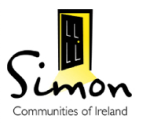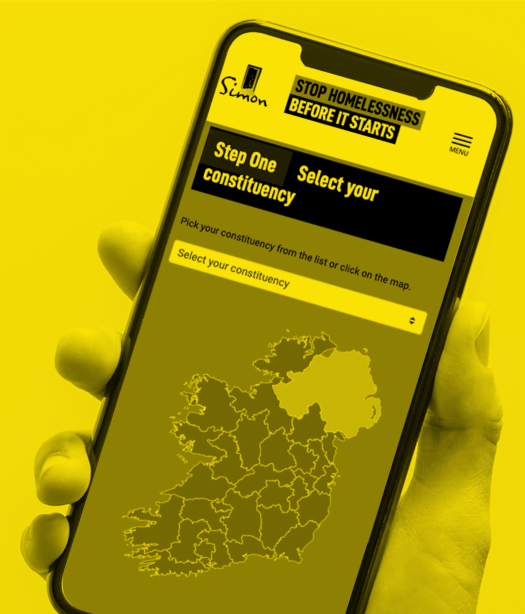Key Findings
The Health Research Board published their 2020 report on deaths among people experiencing homelessness. The report uses coronial files to better understand premature death among people experiencing homelessness.
The report found that there were 121 premature deaths among people who were homeless in 2020, equivalent to 10 deaths per month. This is a 32% increase since 2019, when 92 deaths were recorded among people who were homeless.
Key findings from the report:
- 78.5% of deaths among people who were homeless were men.
- The median age of those who died was 41 years.
- 23 of those who died were rough sleepers.
- 36.4% of deaths occurred in a public place.
- 90.9% of those who died had a history of substance misuse.
- A history of mental health issues was recorded for 46.3% of the deceased.
- 45.5% of those who died were known to have accessed substance use treatment.
- There were 69 poisoning deaths (A poisoning death is a death directly due to the toxic effects of one or more substances on the body).
- Polysubstance use was a common factor in poisoning deaths (males 82.4%, females 77.8%).
- There were 52 non-poisoning deaths (deaths due to all other causes, either medical or traumatic, irrespective of whether drugs or alcohol were or were not directly implicated in the death).
- There were 11 deaths among people who had no recorded history of drug or alcohol use.
- An additional 37 deaths occurred among people who were homeless but had been housed.
A striking finding is that the median age of those who died was 41 years. This figure had a noted gender difference with the median age for women 36 years, compared to 42 years for men. In contrast, 82% of deaths in the general population of Ireland in 2020 were in the 65+ category.
23 of those who died were rough sleepers, and 36% of deaths occurred in a public place. In Ireland rough sleeping has for a long time represented a very small portion of those experiencing homelessness. For example, latest figures from the Dublin Region Homeless Executive’s Winter 2023 Rough Sleeper Count found 118 individuals to be sleeping rough. For comparison, according to the latest figures from the Department of Housing, Local Government and Heritage, there are 13,866 people living in homeless emergency accommodation.
The number of people recorded as sleeping rough at the time of their death brings into sharp focus the harm and trauma that is experienced in homelessness.
Mental Health and Addiction Issues
Highlighted throughout the report are the issues of drug dependency and mental health. It is essential to bear in mind that while substance abuse can be a cause of homelessness it can also be a consequence of homelessness. While it can be a factor in people becoming homeless in the first place, it can also be used as a coping mechanism for people who become homeless. In addition, homelessness can exacerbate substance use.
It is important to note that the deaths among people who were homeless in 2020 occurred in the context of Covid-19 lockdown restrictions.
Although the onset of the Covid-19 pandemic expediated the availability of substitution programmes (eg. Methadone programmes) in some areas, addiction services in Ireland were impacted by the Covid-19 pandemic, with over 3,500 people waiting for a drug or alcohol detox bed by February 2021. 2,200 of those had been on the waiting list for at least nine months.
The client-centred approach implemented during the initial COVID-19 lockdown periods was crucial in providing wrap-around supports for some of the most vulnerable members of society. This approach included various measures such as increased access to in-reach medical and health services, emergency accommodation, and efforts towards securing more long-term housing solutions where possible. Intensive case management across different services, the reconfiguration of emergency shelters, and a focus on recovery-oriented and housing-led strategies were all integral components to this approach. This is highlighted in Simon Communities of Ireland’s report, “Sustaining the Accelerant.” However, the HRB report highlights that the highest proportion of deaths among people experiencing homelessness in 2020 occurred in the third quarter of the year, coinciding with the easing of restrictions. One possible explanation for this is found in anecdotal evidence that while there was a reduction in use during strict lockdown periods, when restrictions were lifted there was a return to drug use. This is particularly dangerous as people’s tolerance had diminished over lockdown periods, increasing risk of overdose when people began to use more post-lockdown.
Conclusion
The observed uptick in preventable deaths among those experiencing homelessness when lockdown restrictions were eased raises concerns about the negative impact that the unwinding of restrictions may have had on those at the sharpest end of the homelessness and housing crisis. While this report is not conclusive, we do need to understand better what happened at this point. The Government’s Independent Pandemic Evaluation provides one opportunity to investigate further the positive lessons evidenced in our System Accelerant report but also an opportunity to investigate these tragic increases in loss of life. Both opportunities should be taken.

